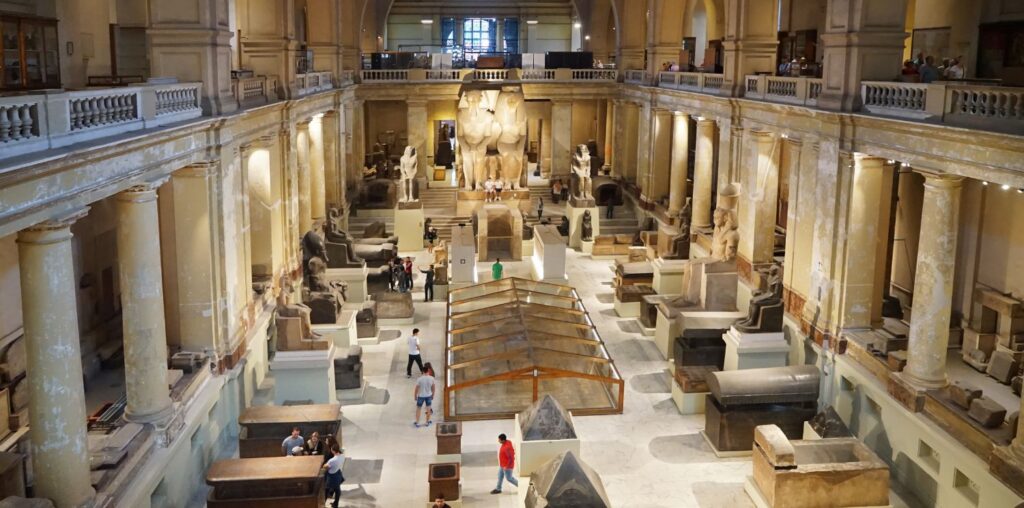Museums are frequently pictured as locations where historical relics and works of art are preserved and displayed. But in order to remain relevant and engage visitors, museums must change and evolve along with our culture. Many museums have recently found themselves in a precarious position as they grapple with the opportunities and challenges presented by the digital era.
The evolving expectations of visitors are one of the biggest issues confronting museums. People are increasingly seeking immersive and interactive encounters as technology develops. Through the use of cutting-edge technologies like virtual and augmented reality, multimedia displays, and other interactive elements, they want to be able to interact with shows in fresh and creative ways.

Government financing for the arts is continuing to decline in many nations, which puts financial strain on museums. In order to thrive in this climate, museums need to develop new revenue streams. Some of these include securing business sponsorships, holding special events, and generating sales of merchandise and tickets.
Many museums are reinventing themselves as cultural hubs that provide a variety of experiences in reaction to these difficulties. They are developing engaging interactive exhibits that let visitors connect with the displays in fresh and creative ways, like by using touchscreens, virtual reality headsets, and other electronic devices. Additionally, they hold concerts, movie screenings, and other cultural events in addition to providing workshops, lectures, and other educational programs.
The trend toward increased inclusivity and diversity is another one that is influencing how museums will operate in the future. Museums are working to include a broader variety of voices and perspectives in their exhibits and programs as they become more aware of how important it is to reflect the diversity of their communities. This includes developing exhibits and programs that are available to people with disabilities and other marginalized communities, as well as showcasing the artwork and artifacts of underrepresented groups.
Finally, museums are searching for strategies to interact with visitors outside of their physical boundaries. By sharing photos, videos, and other material that highlights their collections and programs, museums have new ways to connect with people who might not otherwise visit their exhibits on social media and other digital platforms. This has the potential to involve people who might not otherwise have access to the cultural and educational tools that museums provide and to reach a much larger audience.
In conclusion, as museums adjust to the opportunities and challenges of the digital era, they are going through a period of rapid change and transformation. They must reinvent themselves as cultural centers that provide a variety of experiences and programs if they want to remain relevant and engage tourists. Museums can continue to be important centers of knowledge, creativity, and cultural interaction in our society by embracing new technologies, fostering inclusivity and diversity, and engaging new audiences.
